Photo Project: #AsWeAre
- Jun Yue

- Apr 23, 2015
- 2 min read
According to what propaganda outlets and textbooks in mainland China keep on preaching, China is a diverse country with 56 different ethnic groups. In CPC mouthpieces’ favorite jargon, people live peacefully together like in “a big garden with 56 different kinds of flowers”.
At the same time, it is interesting to learn further about the heavily imbalanced distribution that 92% of them are Han people. The rest of the 55 ethnic groups account for only 8% of the total population.
As a Han person living in the broader eastern part of China, I find it not so easy to straightforwardly feel cultural diversity firsthand. The ethnic self-identity I perceive has, more often than not, been “not different” from most people (99.999%) I encounter daily.
My trip to Tibet in 2008 indeed helped me a lot to reshape my vision. What’s more, when I started to work at the small and beautiful liberal arts college in Florida, my ethnic self-perception also changed significantly:
Throughout history, there have been only two students coming from mainland China at this college. I was also one of the very few lucky Chinese teachers working here so far.
So, immediately, my ethnic self-identity transformed from “being not different” to “being different” from most others I encounter every day. And I become a member of an ethnic minority within this academic community.
Minority groups of all kinds are always the most susceptible to being unheard or even silenced: political minority, gender minority, cultural minority, religious minority, etc.
Therefore, it felt great to be part of this project, aiming to amplify the slimmest voices on the campus. And here is a brief introduction to the project.
This photo campaign by New College of Florida students seeks to highlight and amplify the stories of marginalized identities on our campus. We share ourselves because our voices often go unheard, our experiences overlooked, and our reality questioned.
This photo project comes from a desire to be seen as we are – not as a homogenous group, but as individual people whose reality on campus is shaped by the intersection of our various identities.

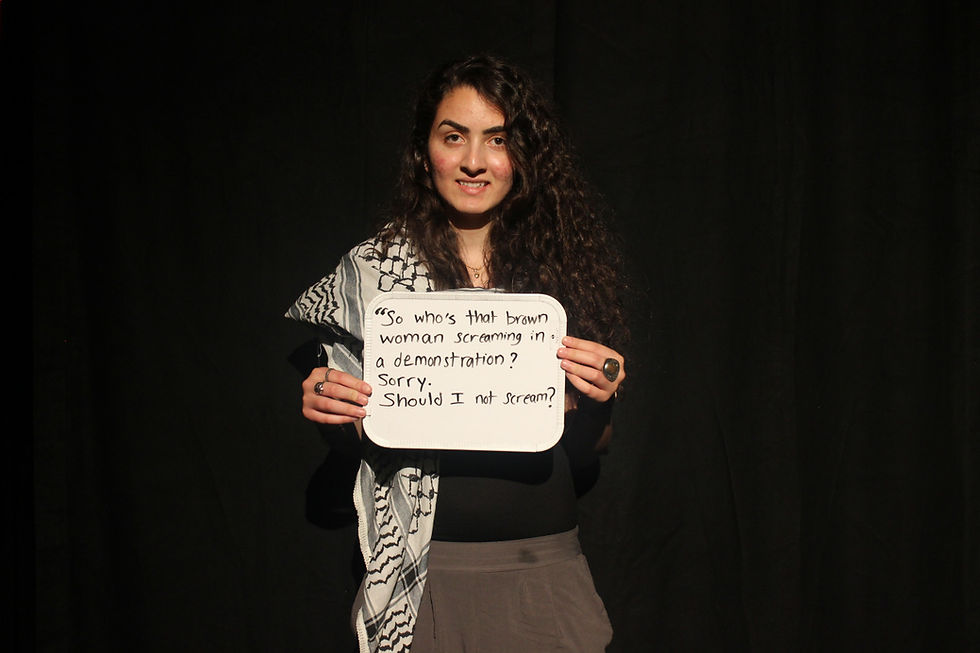



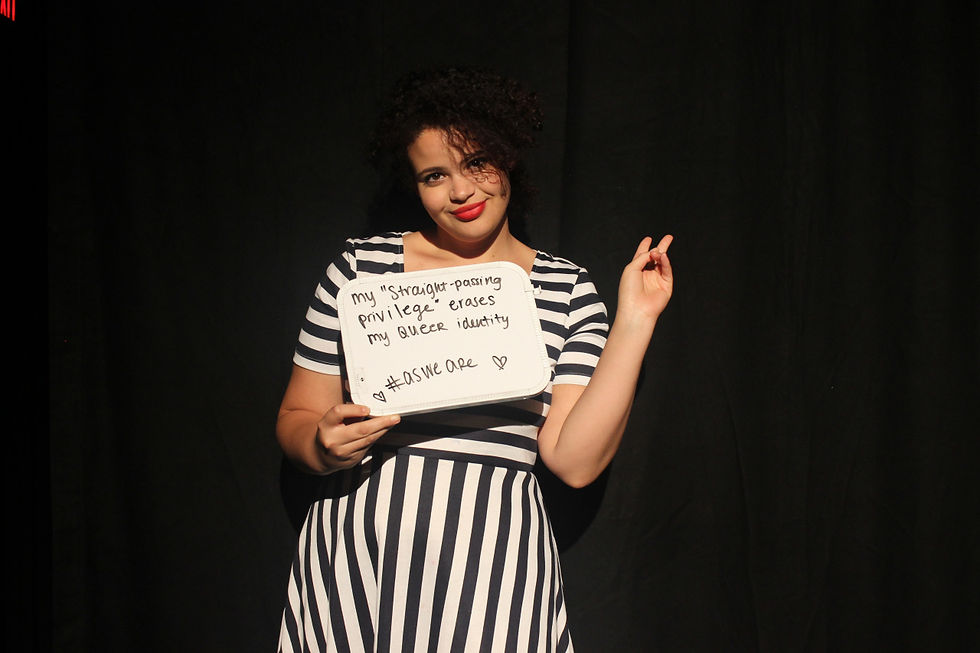

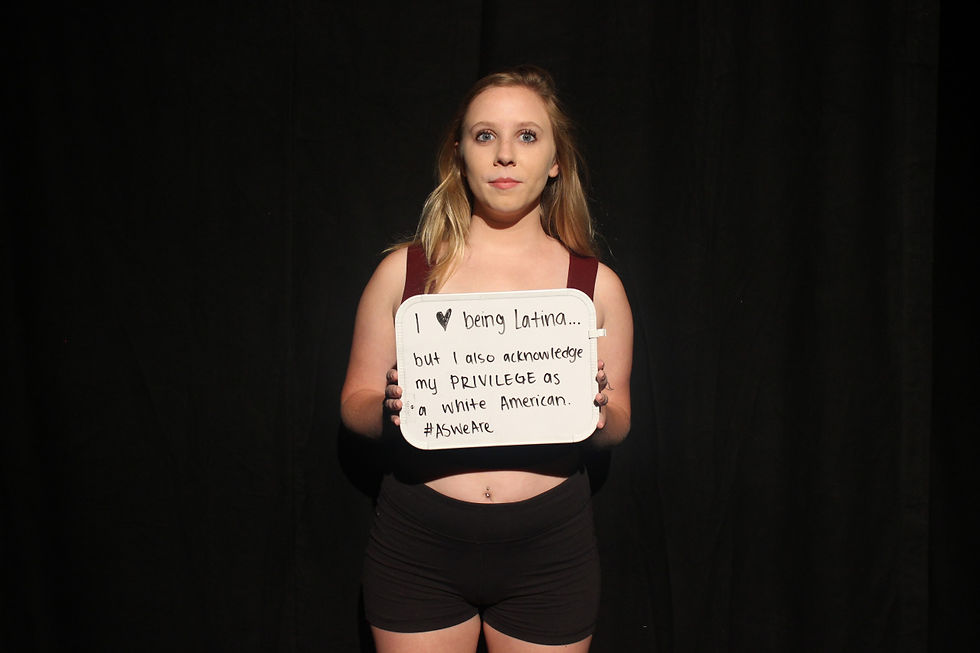

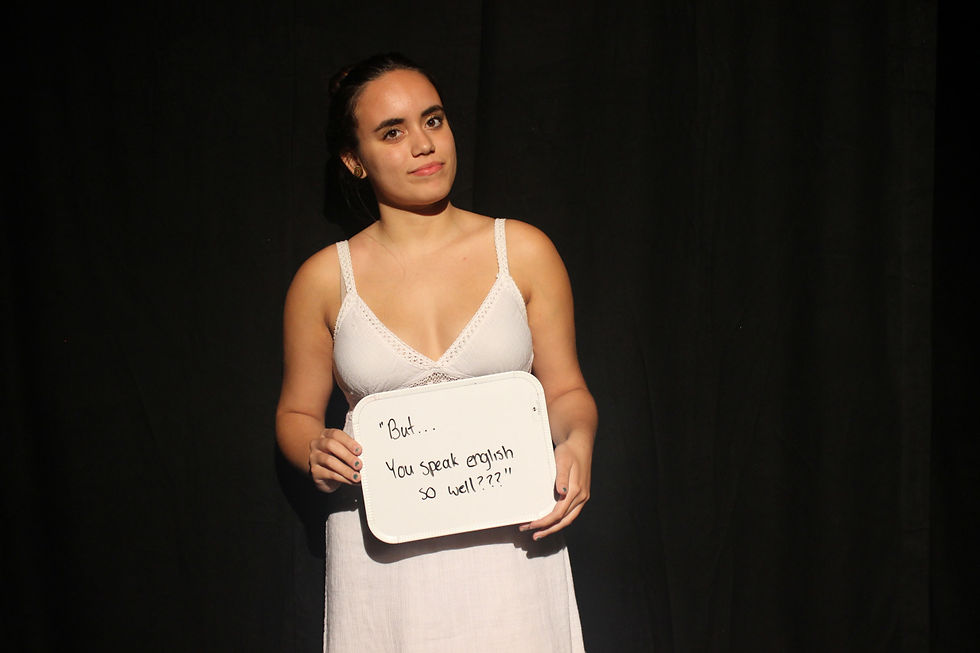


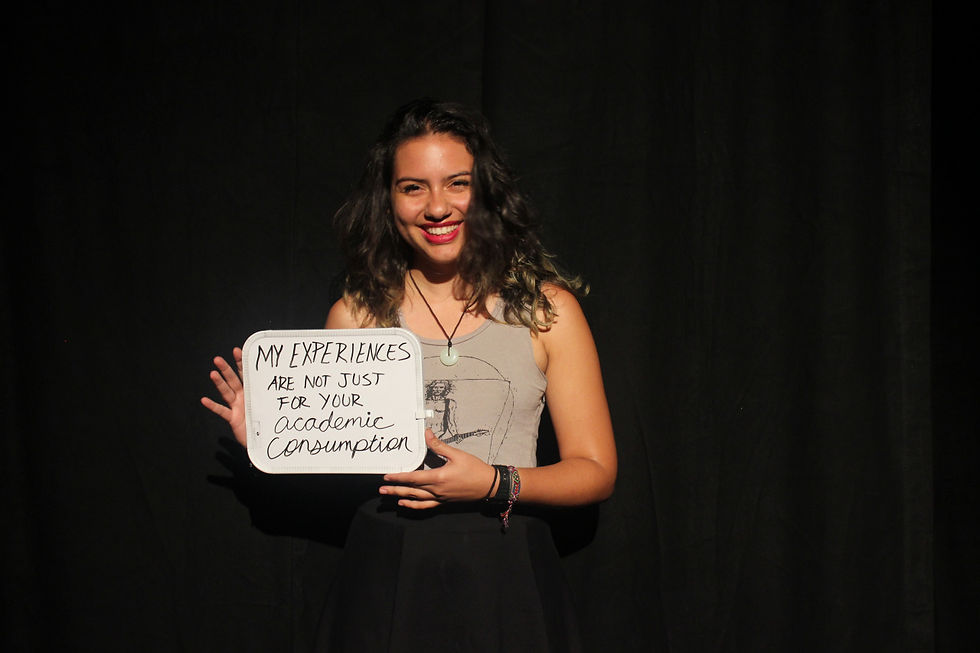

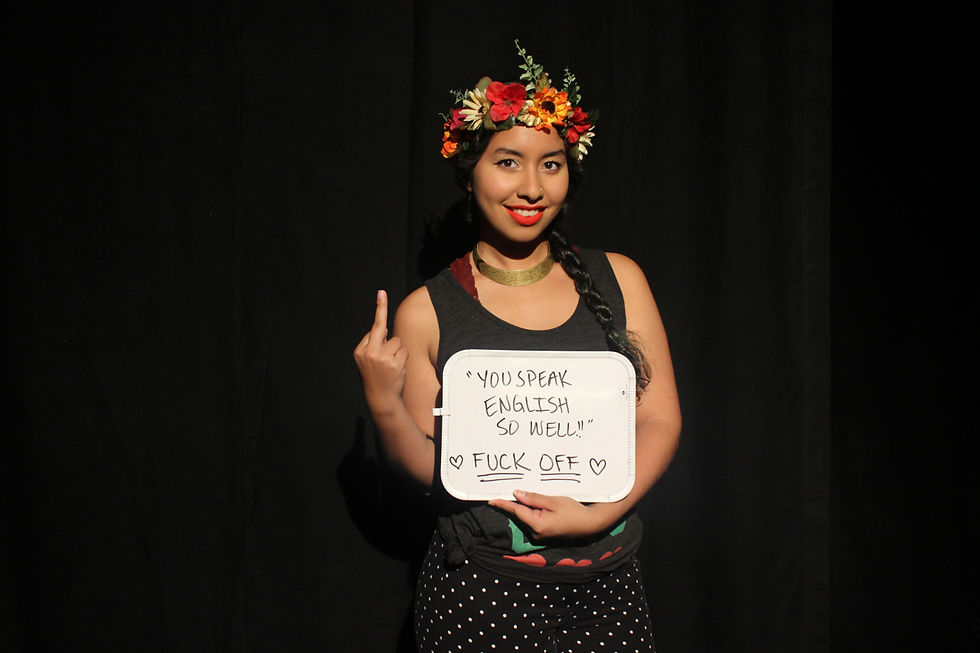
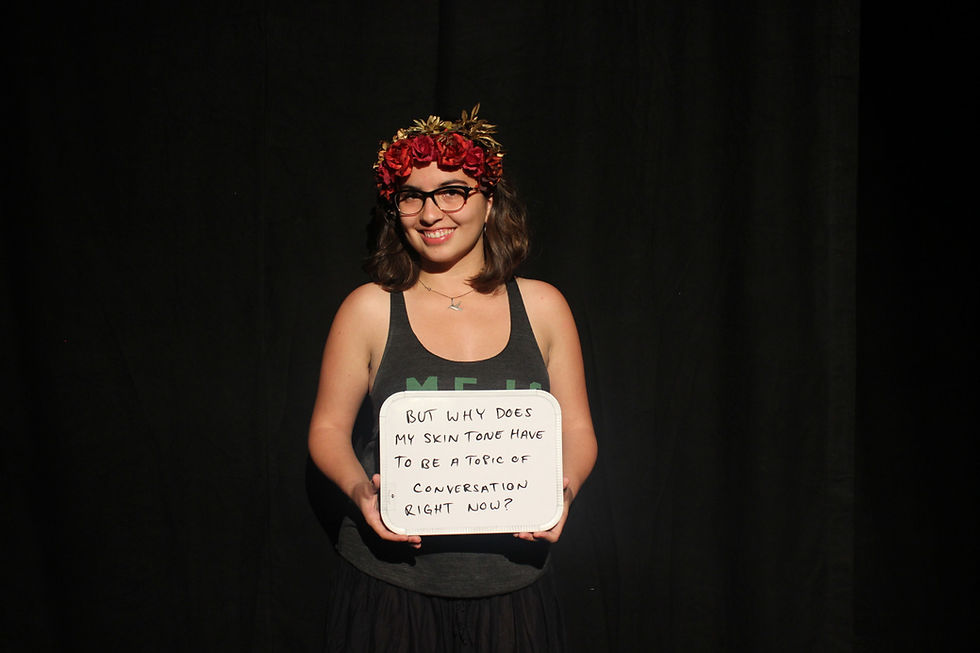
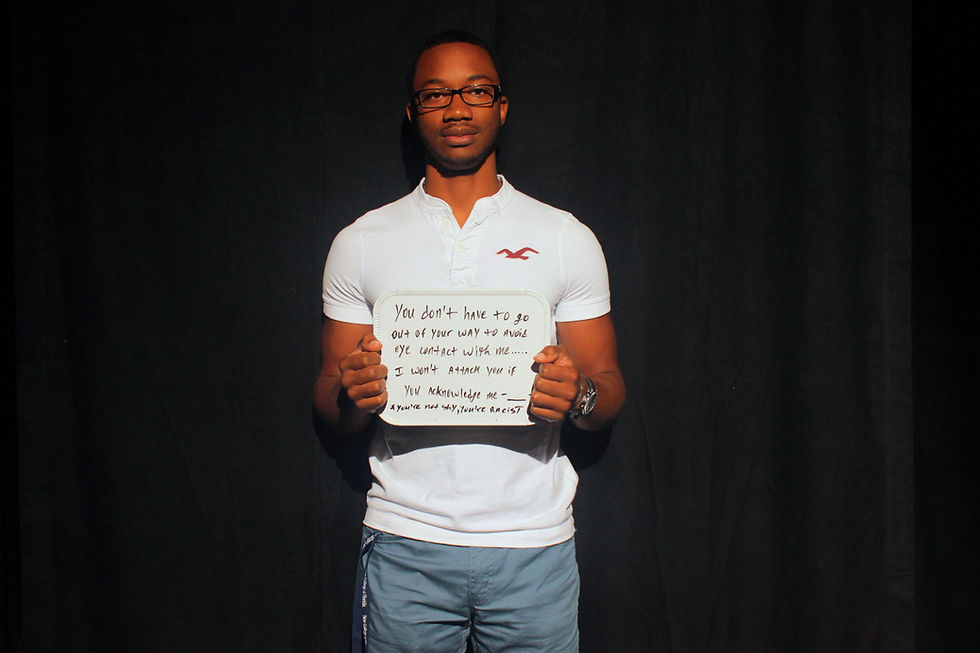

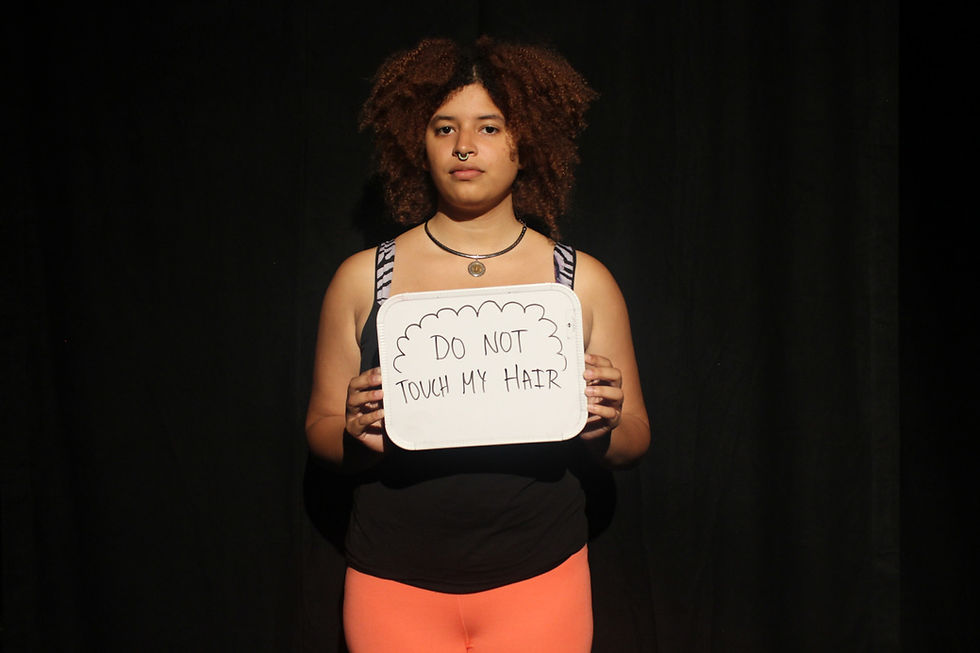





Comments